This is a guest article contributed by Peter Boesman, editor of HBW Alive. He is a bird sound expert and the largest contributor of online bird sound recordings in the world. In this guest post, Peter writes about the importance of sound recordings and ways to contribute to this growing endeavour.
Many birders all over the world at some point in time extend their activity of bird observation and start, for example, making bird images. As a result, and supported by the incredible advances both in camera equipment and multimedia processing, all of us can enjoy these days a multitude of fabulous pictures of our feathered friends on the internet.
Somewhat surprisingly, only very few birders have made the step to birdsound recording, although the technological advances here have been a tremendous help for anyone wanting to do so. This is a pity, as the value of worldwide online availability of birdsounds can’t be overrated. And when looking on a worldwide scale, it is clear that India is really lagging behind here, despite the efforts of some (a quick look in eBird shows that for every 100 pictures from India uploaded there are only 2 sound recordings, while in the Xeno Canto database Indian sound recordings only represent 2% of the total).
Why are birdsound recordings so important?
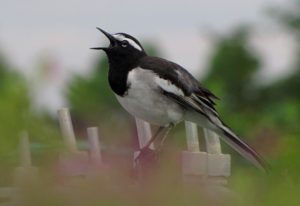
White-browed Wagtail © Ramit Singal
In the first place, sharing the beauty of birdsong on the internet allows anyone in the world to listen to how birds in India are singing. And while one can hear birdsong in virtually any part of the world, the incredible variation in bird vocalisations means that every region has a distinct mixture of different birdsounds, and India is definitely no exception here!
Obviously, for sheer enjoyment, one tends to aim for the best quality of sounds (just like the quest for perfection in photography), and making such high quality sound recordings can be challenging in the many densely populated areas of India. Challenging does not mean impossible however, and just as making good photographs requires some skills, with experience and effort one will be able to create beautiful sound recordings anywhere in India.
But this is not all! Even less than perfect recordings are of great value!

Recording birds using a shotgun unidirectional mic. In this photo: Namassivayan Lakshmanan, a prolific contributor of sound records from India
For many interesting study topics (either scientific, educational or aiming at conservation), mediocre recordings are perfectly adequate. The list of possible study topics to enhance our knowledge about birds in India is endless. A few examples, though by no means exhaustive, are listed below:
- When do birds sing (which time of the day, which period of the year)?
- How extensive is their repertoire?
- Is there individual difference in song?
- Is there regional variation in song?
- Do birds change their repertoire during the breeding cycle?
- Does a bird species’ song change over a longer period of time (decades)?
- Do birds adapt their song in regions with a lot of man-made noise?
- What are the functions of the different vocalisations of a species?
- What are the vocalisations of the male and the female?
- Which birds clearly have a learning cycle in their song (plastic song)?
- Which migrant birds sing while wintering in India?
- Is this purely practising song in preparation for their breeding cycle or does it have some other function?
- Can song or call help us in identification of species difficult to separate by plumage?
For most of such topics, it is quite clear that one needs the availability of a large amount of bird sound recordings from different regions and periods.
My own topic of interest has been the study of bird voice as a support for taxonomic decisions. There is a large consensus in the taxonomic world that bird voice is an important indicator for speciation, but until recently availability of bird sound recordings often was an obstacle to draw reliable conclusions. Online access to large numbers of recordings has e.g. led to many new insights in the taxonomy of Neotropical birds. The Indian subcontinent holds many bird species with disjunct distributions, and furthermore the relationship with races in SE Asia often is not fully understood. Analysis of bird sounds can undoubtedly help unravelling many of these cases, once availability of recordings is sufficient (premature conclusions based on just one or two recordings may well prove incorrect once a better understanding of the full vocabulary is gained). Indian ornithology hit a new high when the Himalayan Forest Thrush Zoothera salimali was described last year and the slight difference in the song quality was the main cue that led researchers to investigate further. There are many such examples of bird complexes in India that require closer scrutiny, too many to list here.
Just a single challenging example to whet the appetite: The Scaly Thrush Zoothera dauma complex has been a taxonomic question for decades without any consensus to date. Two races occur in India and a third one in Sri Lanka, these are presently treated as either one, two or three species depending on whom you ask, with even further uncertainty regarding their relationship with races outside the Indian region. Sound recordings of the Indian races are almost non-existing, although it is expected that all races have a distinct song (presumably pre-dawn as in other races of this complex). E.g. ‘Nilgiri Thrush‘ seems to winter partially at lower elevations, but migrates to the breeding grounds in the mountains of the Western Ghats during March-April (?), where they typically can be found on the moist floor of damp and dark ravines. Several such breeding locations are known, but how many birders have stood there pre-dawn to listen for their completely unknown song (WITH recording equipment)…?
Sound recordings can be made with a variety of equipment, ranging from a simple smartphone (for loud songs or birds vocalising close-by), to a digital voice recorder with directional microphone or a field recorder with parabolic reflector microphone. Even cameras these days can make sound recordings when in video mode…
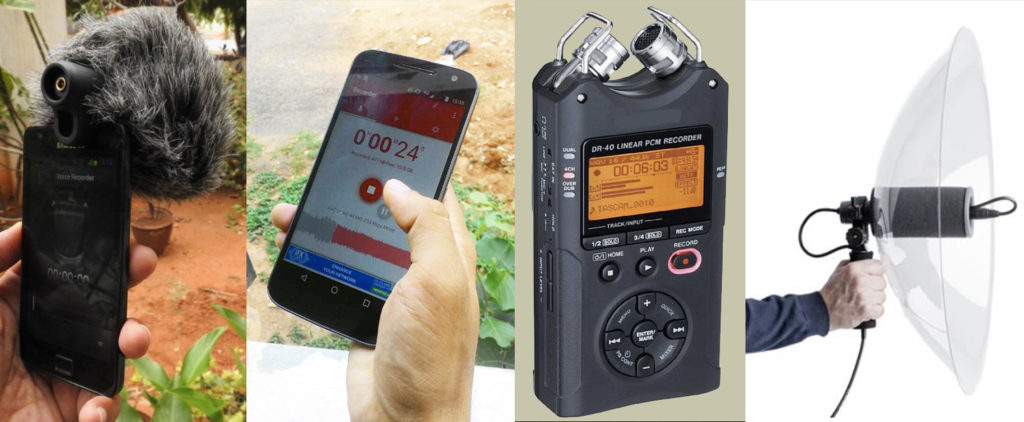
From L to R: Smartphone with mic attachment, smartphone without mic attachment, digital sound recorder, parabola sound recording set-up
Once you have a sound recording, the next step is to put it on-line for larger public view. Again, there are several possibilities to do so: if you use eBird to log your bird observations, you can simply add the sound recordings to your checklist. If you use IBC/HBW to read about all the birds of the world and keep your personal birding observations, you can include it here as part of a growing database of pictures, videos and sounds. If you value the discussion and feedback of an active sound recording community, then Xeno Canto, presently the largest on-line database of birdsound recordings may be your choice. And last but not least, there is AVoCet, created by Pamela Rasmussen, well known in India as the author of the Ripley Guide. Which database you choose depends on your preference. Whatever your choice may be, if you have uploaded your sound recording to one of them, it will suddenly have gained tremendous value for the ornithological community. I wish you good sound recording!



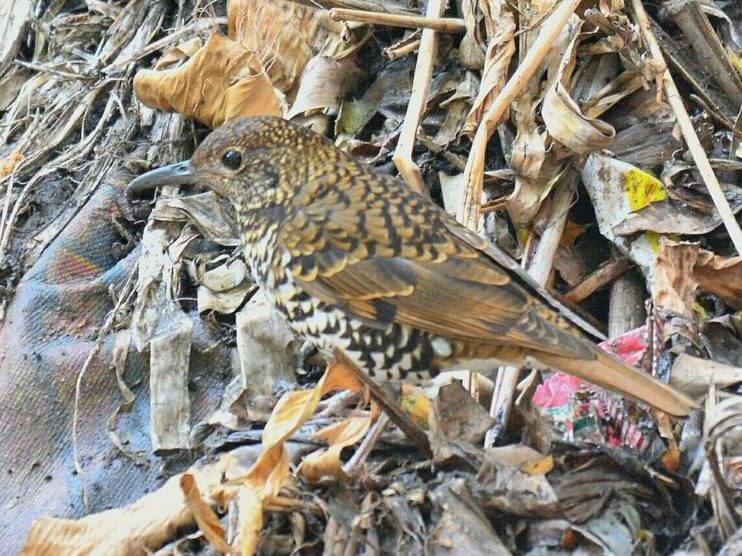
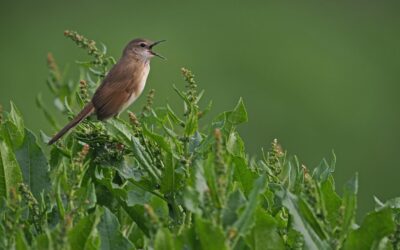

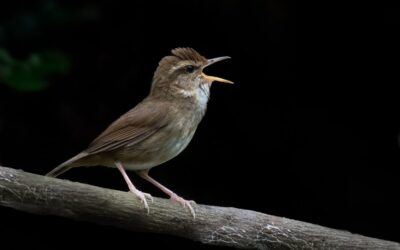
I am one of the senior bird sound recordists and have a collection of more than 450 species with more than 5,000 sound files. I used to upload my collection on ebird with my check list which counts around 4500 plus files.
Since the pandemic, I worked in my backyard and found this is life lifetime task. So many interesting things I reveal which leads to greater studies. I have uploaded 150 plus files of Coucal, Bulbul, and iora.
Now I can understand how big territory one Tailor bird has or one Iora requires. I found tailor bird can sing in 11 ways.
Tomorrow morning my plan is to follow Common Iora from 6.04 a.m. when he starts it’s first song then it keeps singing for half an hour and uses four posts.
If I want to know the repertoire of a particular male what method I should follow? I couldn’t ring this male but I knew all his day activity. Is the morning song is enough? I would like to discuss this with experts in my phone no is 9890384400.